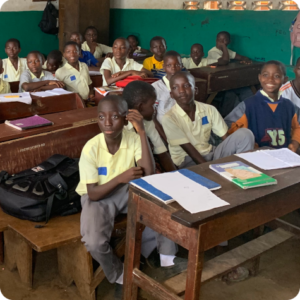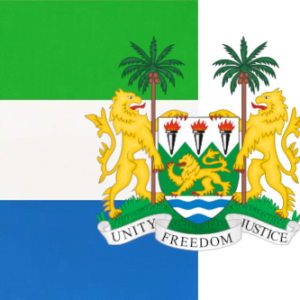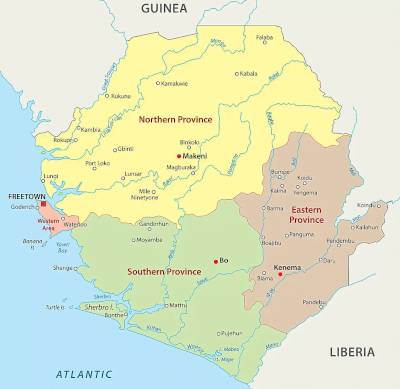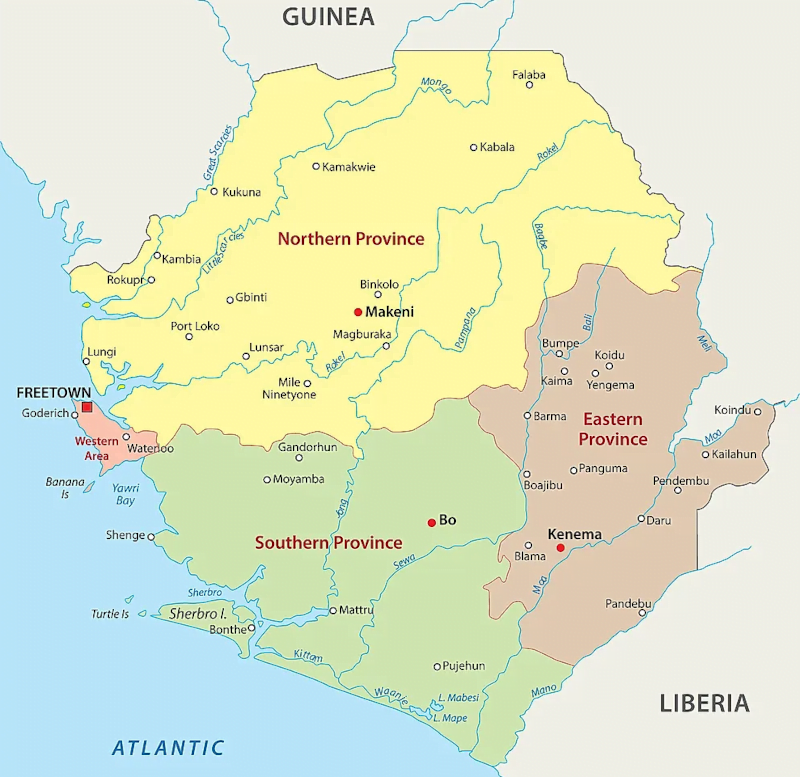Education
Our Programs
- Water & Sanitation
- Education & Schools
- Stanton Scholarship
- Clergy Safety
- Retirement Housing
Objectives
The School Infrastructure Program will assist community led development of school compounds that will include classrooms with desks and chairs; books and supplies; administrative space; teachers’ quarters; water supply wells; sanitation facilities (toilets, sinks) for the pupils and teachers; and septic disposal systems. The Order will work with the community, the school’s administration and the community manager of schools to organize project management committees that will oversee and manage day- to-day progress on the projects’ activities. The construction team will be hired by the community and will report on the progress of the work to the Order of St. John Paul II and other stakeholders.
Benificiaries
 There will be approximately 3,000 direct beneficiaries and 5,500 indirect beneficiaries. Direct beneficiaries will be the pupils enrolled in schools. Every child of school age will have access, regardless of religion, tribe, race, gender, or other considerations. Indirect beneficiaries will include the families of the children being served, and the local community.
There will be approximately 3,000 direct beneficiaries and 5,500 indirect beneficiaries. Direct beneficiaries will be the pupils enrolled in schools. Every child of school age will have access, regardless of religion, tribe, race, gender, or other considerations. Indirect beneficiaries will include the families of the children being served, and the local community.
Viability
Governments in Africa recognize that education is the key to national development and that providing conducive teaching and learning environments (infrastructure, furniture, books and supplies, water, and sanitation) are the prerequisites for successful schools. Many communities lack adequate school facilities thereby leading to high illiteracy and early marriage of young girls. The provision of educational infrastructure in these communities should lead to increased enrollment, enhance the work of teachers, and facilitate achieving the sustainable development goals that the governments have set.
Sustainability
The school management committee will oversee the construction work and will collaborate with the school administration to take care of infrastructure damage that may occur in the future. Minimal and affordable charges will be levied against the communities and stewarded for repairs and maintenance. The governments will pay the salary of teachers through local district councils.
Background
Sierra Leone is located onthe west coast of Africa between Guinea and Liberia on the north, east and south; and the At- lantic Ocean on the west. Its land area covers approximately 71,740 square kilometers (km2) (27,700 square miles). It has a tropical climate with two distinct seasons: a dry season that starts in November and ends in April; and a rainy season that starts in May and ends in October. The estimated population is approximately 8.2 million people, with annual population growth of 2.1% . Children under the age of 14 years make up 41.9% of the country’s population. Agriculture employs two-thirds of the country’s population, the majority of which is involved in subsistence agriculture that contributes 51% of the country’s GDP.
 Before the Sierra Leone Conflict (1991-2002), the Western Rural District boasted a stable and promising economy with one of the most affordable living standards in Western Africa. The Conflict killed over 20,000 people and caused untold suffering when 75%-85% of its population became displaced. The District saw extensive movements of people from neighboring areas that damaged an already inadequate economic and social infrastructure. While some recovery occurred after the Conflict, Sierra Leone suffered setbacks including the Ebola outbreak that started in March 2014.
Before the Sierra Leone Conflict (1991-2002), the Western Rural District boasted a stable and promising economy with one of the most affordable living standards in Western Africa. The Conflict killed over 20,000 people and caused untold suffering when 75%-85% of its population became displaced. The District saw extensive movements of people from neighboring areas that damaged an already inadequate economic and social infrastructure. While some recovery occurred after the Conflict, Sierra Leone suffered setbacks including the Ebola outbreak that started in March 2014.
Over the years, the education system in Sierra Leone has become ineffective with resulting high rates of illiteracy. The literacy rate by gender in 1998 was 23% for women and 35% for men. Low literacy rates are known to contribute to low ranking on Human Development Indicators. Government authorities have decided that schools should be constructed to replace temporary huts currently being used. The temporary structures typically serve over 180 pupils (co-educational) and provides limited educational support to the growing number of children in their communities. Many of these are children whose parents were either killed during the Conflict or during the Ebola outbreak. Many are victims of exploitation and sexual assault. Both pupils and teachers are faced with extreme difficulty as there is inadequate seating for pupils and classroom supplies are limited. There currently is funding for teachers but only limited funding for basic supplies like chairs, desks and books. Availability of clean water and safe sanitation are major factors affecting the health status of the population. Almost half of the population has no access to safe drinking water, with 34% access in rural areas compared to 84% in urban communities. Only 13% of the population has access to improved non-shared sanitation facilities. Making clean water and safe sanitation available at the schools will improve the life of the surrounding communities, as well.
We Invite Your Support
Your generous donation will help The Order of St. John Paul II realize its goals for these West Africa Programs.



